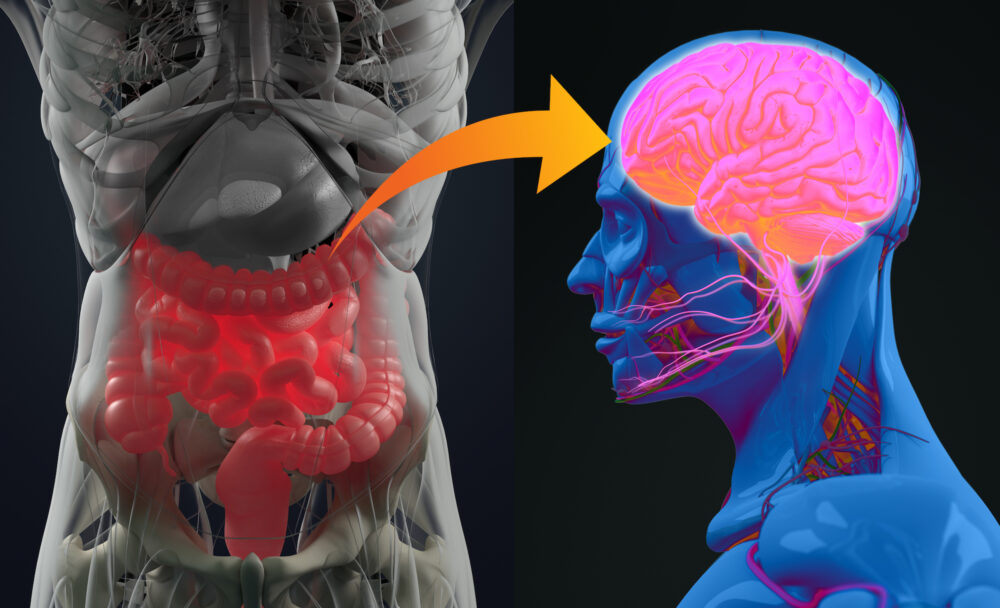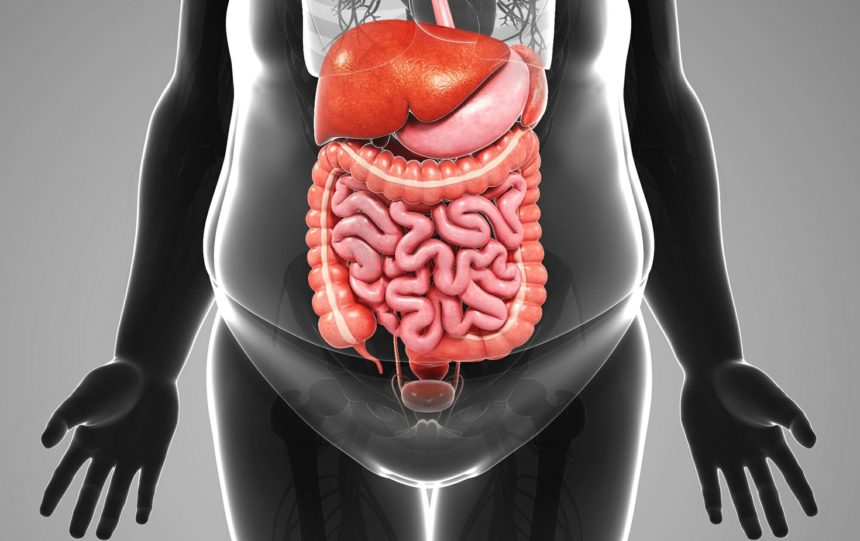The latest buzz in the medical world is the use of GLP-1 agonists, specifically for weight loss. Why the hype? Well, for the first time in my career, there is a medication for weight loss that has some decent data and results behind it. Of course, there are other medications that FDA has approved for weight loss, but none have as impressive of an impact on body weight and body mass index (height in proportion to weight) as the studies of these medications.
What are GLP-1 Agonists
GLP-1 stands for Glucagon-Like Peptide 1. It is a hormone naturally produced by the cells of the intestines in response to meal intake. The main action of this hormone is to stimulate insulin secretion which is why the initial studies and indication for these medications is Type 2 Diabetes. Type 2 Diabetes is a medical condition where blood glucose is abnormally high due to a problem of insulin resistance. The cells of the body are more resistant to the effects of insulin which drives the glucose into the cells and as a result increasing insulin production has the benefit of lowering blood glucose to some degree.
This hormone also will slow and inhibit gastrointestinal motility and we think it also acts centrally in the brain to regulate food intake – a signal to stop eating. It was observed that people taking GLP-1 agonists tended to eat less and lose weight which then of course led to studies for their use in the treatment of obesity. For this indication, it seems higher doses are more effective as some of the impacts on blood glucose max out at the lower doses.
Pitfalls When Taking GLP-1 Agonists
Like any medication or intervention, there are benefits and risks to taking GLP-1 Agonists. The main benefit of these medications is that, in large randomized controlled trials, there is an observed weight reduction of on average 15% over 18 months of use. The big question is whether the health of the individual improved with that loss of body weight. From other trials, there are health benefits in a reduction of weight-related comorbidities when individuals lose 5-10% of body weight, so it is very likely their health improved.
Loss of Lean Body Mass
With a reduction of significant weight often comes a reduction in lean mass (muscle and bones) as well as fat mass. I have observed that many people who suffer from obesity do have increased fat-free mass too. As there is some reserve there, some loss of lean mass is expected. Some people with excess fat mass also have low muscle mass and these individuals may not be able to afford the loss of muscle mass. In some of the trials on Semaglutide, 30-40% of weight loss was the fat-free mass. That amount is not trivial. This leads me to the first pitfall. Patients on GLP-1 Agonists such as Semaglutide will lose some lean mass and while most can probably afford to, some may not have the adequate muscle mass to begin with. Have a body composition measurement prior to starting these medications for a baseline.
lower basal metabolic rate
With the assumption of loss of some lean body mass with significant weight reduction comes pitfall number two. When these medications are stopped, the basal metabolic rate will be lower (number of calories burned at rest). The person is a lower weight, and their percentage of body fat and muscle likely went down. They now are having a return of the previous appetite and food intake but now they are burning fewer calories than they were at rest and weight regain occurs. Sometimes this weight regain takes the patient to a higher percentage of fat mass than before making it even harder to lose weight the next go around. They overall are less healthy with a lower lean body mass. There are several antidotes to this pitfall. Perhaps it is in the best interest of a GLP-1 Agonist such as Semaglutide user to STAY on the medication for weight loss maintenance.
If we think of obesity as a chronic relapsing medical problem, then of course this makes sense. For some, staying on Semaglutide long-term may not be an option. Many have found that their health insurance will not cover its use for weight loss. Others have utilized its availability through compounding pharmacies due to shortages through conventional manufacturers and pharmacies. However, once the FDA removes it from the “shortage list,” it will be more challenging to purchase it from means other than prescriptions.
If these pitfalls are unsavory there are also other solutions. Consume a high-quality diet with adequate protein while using these medications. The less you eat the more important that the quality of the diet is nourishing and supportive of lean muscle mass. We know that protein intake is key here. Eating a nutrient-poor, protein-poor diet will not do much to help sustain lean body mass. Start strength/resistance training and work to make it a habit. If taking medications such as Semaglutide, it is important to set yourself up for the maintenance of weight loss. Strength training and exercise can help offset the pitfall of reduction in muscle mass with significant weight loss and your basal metabolic rate will not decrease as much. The more muscle you have the more calories you burn at rest.
Slowed Gut Motility
The rate that food moves through us is important. It is important for digestion and absorption, blood sugar metabolism, and elimination of waste. GLP-1 Agonists slow down gut motility which is probably advantageous with eating as it allows time for the breakdown and absorption of nutrients from food in the small intestine. Anytime we use pharmaceuticals to increase the amplitude of a natural process, there can be some unwanted effects as we are disrupting homeostasis (balance in the body).
With slowed gut motility, sometimes there is a trash problem in the form of constipation. If your body is used to taking out the trash daily and then because of medication you are only taking out the trash a few times per week, well, that makes a messier house. We eliminate toxins both coming from biochemical waste and from external exposures. If we are not doing that efficiently we increase the toxic burden in our body which can be a risk factor for disease in general. Make sure to support your body’s elimination processes when on GLP-1 agonists medication.
Food first, this is another reason why the quality of your diet is so important. Vegetables and adequate plant fiber are very important. Sometimes supplementation is needed to ensure normal elimination while on these medications. The impact of these medications on the microbiota (gut microorganisms) is less clear. It turns out that GLP-1 may reduce gastrointestinal inflammation and improve the barrier function of the gastrointestinal tract lining. On the other hand, we know that slowed gut motility is a risk for small intestinal bacterial overgrowth. This is a medical problem where the bacteria of the lower intestines/colon migrate up into the small intestines and overgrow. Symptoms of this condition include gas and bloating after eating and changes in stool quality.
At the time of this writing, the data is sparse on the impact of these medications on the gut microbiota. Chewing your food slowly and mindfully and supporting the production of your digestive enzymes can help with making sure the process of digestion is smooth and less likely to cause problems with microbial balance. Chew your food well, avoid multitasking, and eat slowly and mindfully when using GLP-1 Agonists.
Boomerang hunger
The final, most important, pitfall is preventing the rebounding hunger that happens upon abrupt withdrawal of these medications particularly once up to higher doses. These medications are indicated for diabetes and the long-term treatment of obesity. The body can heal and can achieve balance again when weight has been dysregulated, but this does not happen overnight.
These medications have been popularized and are being used in individuals who do not meet medical criteria for obesity for casual weight loss. This is setting up a pitfall of a decline in metabolic health because of weight fluctuations. If you have been using these medications for more short-term weight loss goals, I would recommend weaning off them slowly to allow for your body’s homeostasis mechanism to come to balance. Even when these medications are used in appropriate clinical circumstances, it is important to have a multifaceted lifestyle plan in place when weaning off these medications. They should be started with the expectation that it is a long-term treatment. Do not stop GLP-1 Agonists medication abruptly without the supervision and support of your doctor and a lifestyle management plan.
More About GLP-1 Agonists
References
Wilding JPH, Batterham RL, Calanna S, Davies M, Van Gaal LF, Lingvay I, McGowan BM, Rosenstock J, Tran MTD, Wadden TA, Wharton S, Yokote K, Zeuthen N, Kushner RF; STEP 1 Study Group. Once-Weekly Semaglutide in Adults with Overweight or Obesity. N Engl J Med. 2021 Mar 18;384(11):989-1002. doi: 10.1056/NEJMoa2032183. Epub 2021 Feb 10. PMID: 33567185.
Rubino DM, Greenway FL, Khalid U, O’Neil PM, Rosenstock J, Sørrig R, Wadden TA, Wizert A, Garvey WT; STEP 8 Investigators. Effect of Weekly Subcutaneous Semaglutide vs Daily Liraglutide on Body Weight in Adults With Overweight or Obesity Without Diabetes: The STEP 8 Randomized Clinical Trial. JAMA. 2022 Jan 11;327(2):138-150. doi: 10.1001/jama.2021.23619. PMID: 35015037; PMCID: PMC8753508.
Abdalqadir N, Adeli K. GLP-1 and GLP-2 Orchestrate Intestine Integrity, Gut Microbiota, and Immune System Crosstalk. Microorganisms. 2022 Oct 19;10(10):2061.
Hellström PM. GLP-1 playing the role of a gut regulatory compound. Acta Physiol (Oxf). 2011 Jan;201(1):151-6. doi: 10.1111/j.1748-1716.2010.02150.x. PMID: 20518750.



